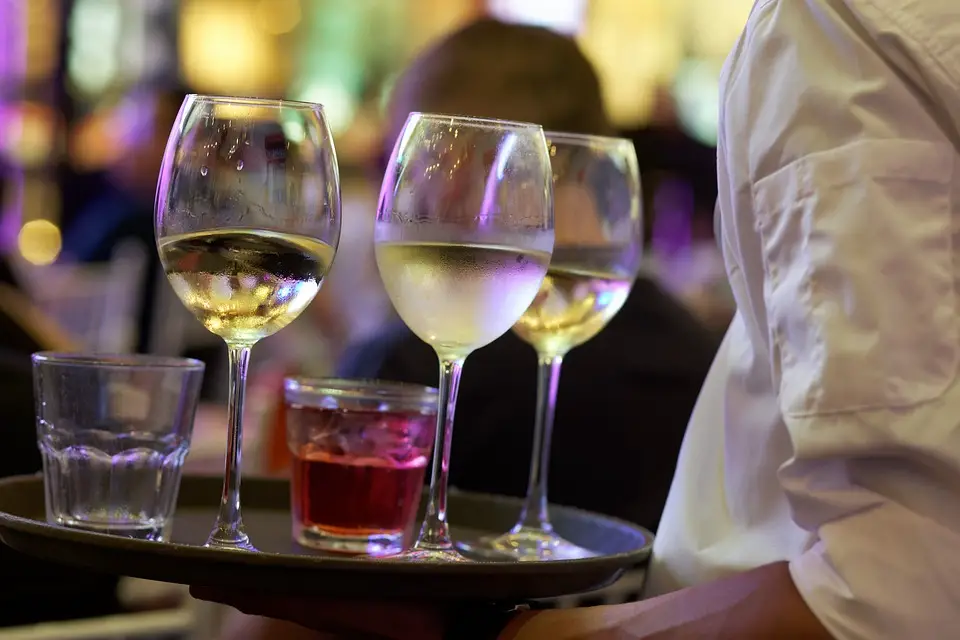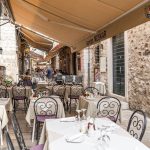As Poslovni Dnevnik/Marija Crnjak writes, at this moment in time, nobody really knows how many seasonal workers in Croatia will be needed this year, although it is clear that the maximum of 10 thousand seasonal employment positions won’t be filled, which was of course far from the case back in pre-pandemic 2019.
Would-be seasonal workers who have applied for a job in the past few months, much like they did back during normal years, are ready to be called, but the question is still when that will happen, and whether all of them will be called at all.
Due to the uncertainty that persists in the global travel market, employers don’t yet have a defined number of facilities they’re set to open for the season, and it’s difficult to predict how many facilities will be filled to capacity, to know how many workers they’ll need.
Human resources departments are therefore in a very challenging position this year, perhaps more than last year, as has been found out from the hotel sector.
As has been found out on the MojPosao portal, so far in 2021, more than 2,000 ads have been published in the Tourism and Hospitality category. That’s 18 percent less than last year, and a worrying 51 percent fewer ads than back in 2019.
Analysts of the portal note that it must be taken into account that a comparison with last year is impossible – until mid-March last year, nobody could have begun to imagine the scale of the pandemic or the toll it would end up taking, meaning that employers in January 2020 published more than 1,000 ads in this category.
On the other hand, most catering and hospitality facilities in Croatia put their keys in their locks back at the beginning of this year, more specifically in January and February, and the doors were opened only at the beginning of March, when the then anti-epidemic measures were relaxed and terraces were opened.
“With that in mind, it’s quite understandable that employers posted significantly more job advertisements during January and February last year than was the case at the beginning of 2021, just as it was expected that there’d be an increase in terms of the number of advertisements in March this year by as much as 55 percent when compared to the same period last year when a rigorous lockdown took effect. This April also doesn’t make much sense to compare to last year’s, during which a complete lockdown was still in effect, and given that 795 percent more ads were posted this year than last year.
On the other hand, if we compare this year’s figures with those of 2019, we find that 38 percent fewer ads were published in March and 40 percent fewer ads were published in April than in the same period two years ago,” explained some of those in the know when it comes to employment of this nature.
This analysis of published advertisements also shows the extent to which this year differs from last year for tourism companies, even in terms of employment planning and for seasonal workers in Croatia.
Many in the field therefore claim that their employment depends on as yet unpredictable circumstances. Maistra plans to employ up to 2,000 seasonal workers, but everything will depend exclusively on the epidemiological situation in the country and in Croatia’s emitting markets.
“Back at the end of February, the employment of seasonal employees in Croatia in open facilities began, while more intensive employment is still ahead of us, so the planned number of seasonal workers in Croatia is expected to be reached successively by mid-June. Usually, the greatest need is for maids, waiters and chefs with experience, receptionists… but we’re also looking for employees in other professions,” they revealed from that large company.
Benefits for workers
As in previous years, in addition to the salary paid monthly, Maistra organises and pays for the accommodation of all of its employees who need it. Equally, their employees are entitled to two hot meals and transportation to work.
Salary supplements are paid, ie holiday pay, Christmas bonus and more. Maistra potentially withdrawing some of its staff from its Zagreb hotels (HUP Zagreb) this year as well as the company did last year, hasn’t been ruled out.
Valamar says that they are opening a significant number of new seasonal jobs for each season. They noted that last year they continued with the implementation of the permanent seasonal measure and the Valamar +3 programme, which provides year-round income to their most loyal permanent seasonal workers in Croatia, and almost 900 seasonal employees are included in the programme at the minute.
“In April alone, we’re going to employ all of our permanent seasonal workers again, but in moderation. After hiring our permanent seasonal workers, the priority will then be to hire our seasonal returnees, and we also expect to hire seasonal workers in the high season during the summer months. We provide our seasonal workers with a minimum net income of 5,000 kuna net for their monthly hours worked, accommodation, hot meals and other benefits,” they pointed out from the company. Their integrated report shows that the share of permanent seasonal workers in the total share of seasonal jobs last year was 78 percent.
For Plava Laguna/Blue Lagoon, they pointed out that the employment of seasonal workers will depend on the opening of facilities, which in turn depends on the epidemiological situation, ie the measures introduced by the National Civil Protection Headquarters and the respective governments in Croatia’s main emitting markets.
“During the peak season we employ about three thousand workers, half of whom are employed in one of the forms of permanent cooperation – permanent workers, permanent seasonal workers, and half are other seasonal workers. We’re certainly looking for workers in the local pool, however, in the past few years we’ve relied on foreign workers, given the increase in capacity due to the investment cycle. In May and June, we plan to hire an additional 1,300 people, and through July an additional 250 seasonal workers, that’s if we’re talking about the tourist season in relatively full scope,” they stated from the company.
There is no talk of a shortage of workers in Croatian tourism this year either, partly due to the liberalisation of labour imports. According to the MojPosao portal, in the first three months of this year, more than 34,000 applications were received for ads in the Tourism and Catering category, which is 6 percent less than last year, and a decline was recorded only in January when the catering and hospitality industry was closed.
In February alone, the number of applications for ads in the category of Tourism and Hospitality was higher by 23 percent when compared to last year, and this growth will increase dramatically in March and April, but because last year everything was closed. This year, 20 percent more applications were received at the tourism business fair and via the sezonac.hr website than there were last year.
For more, follow our business section.











